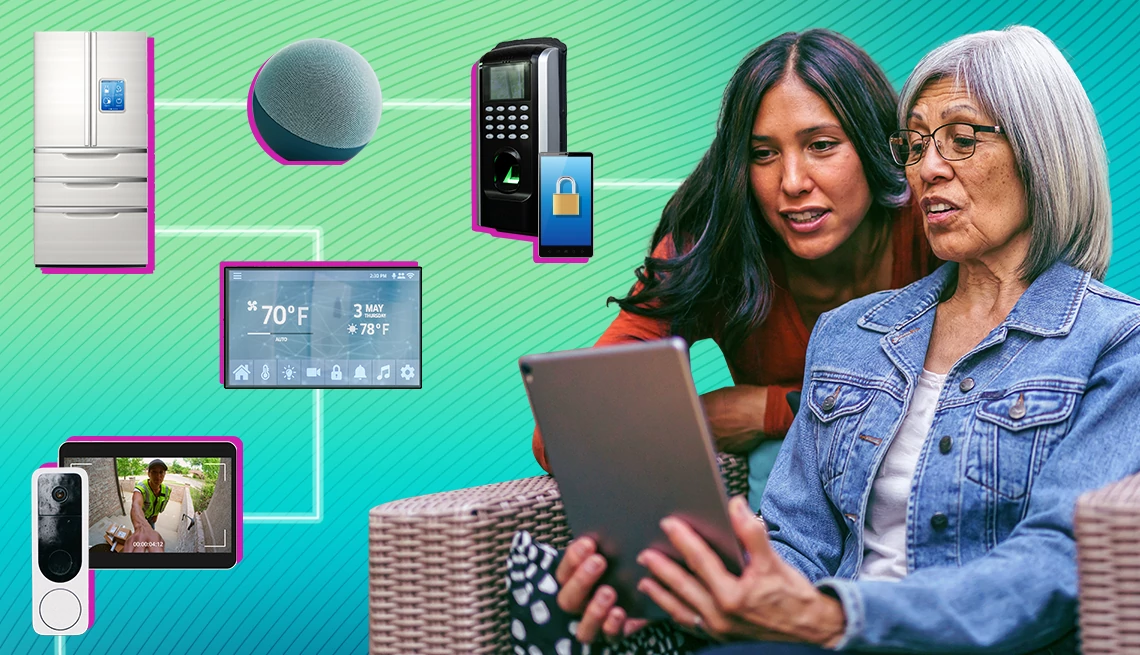CXBOS Insights
Your daily dose of news, insights, and information.
Living in a Sci-Fi World: Smart Homes Explained
Discover how smart homes are transforming our lives into a sci-fi reality! Explore innovative tech that makes living easier and more exciting.
How Smart Homes Are Shaping the Future of Living
As technology continues to evolve, smart homes are playing a crucial role in redefining our living environments. These homes integrate various devices and systems that communicate with each other, allowing for enhanced convenience, security, and energy efficiency. For example, smart thermostats can learn your temperature preferences and adjust accordingly, while smart lighting systems can be programmed to mimic your presence at home, reducing the risk of burglary. This seamless integration of technology not only makes life easier but also leads to a more sustainable living environment.
The impact of smart homes on future living extends beyond mere convenience; they are becoming essential in creating a more connected community. With the rise of the Internet of Things (IoT), devices can be controlled remotely, enabling homeowners to monitor their property from anywhere. This connectivity fosters a sense of community as neighbors can share resources, such as energy or security systems. Additionally, smart homes contribute to a healthier lifestyle by integrating smart health monitoring devices that track personal well-being and encourage better habits, paving the way for a future where technology and lifestyle are harmoniously intertwined.

Exploring the Technology Behind Smart Home Automation
The evolution of smart home automation has revolutionized the way we interact with our living spaces, integrating advanced technologies to enhance comfort, security, and energy efficiency. At the heart of this automation are various components like smart devices, sensors, and hubs that communicate over a network, allowing homeowners to control everything from lighting and thermostats to security cameras and entertainment systems. These devices typically operate on wireless protocols such as Wi-Fi, Zigbee, or Z-Wave, enabling seamless connectivity and centralized management through smart home apps or voice-activated assistants.
One of the most exciting aspects of smart home automation is its adaptability through machine learning and the Internet of Things (IoT). By analyzing user behavior and preferences, smart systems can learn to automate daily routines, enhance energy efficiency, and even provide predictive maintenance alerts. For instance, a smart thermostat may adjust the temperature based on your habits, resulting in both added comfort and reduced energy costs. As technology advances, the potential for intelligent, responsive homes continues to grow, promising a future where every aspect of our home environment is optimized for our lifestyle.
Is Your Home Ready for the Future? A Beginner's Guide to Smart Living
As technology continues to evolve, the concept of smart living has transitioned from a futuristic dream to an everyday reality. Homeowners are increasingly seeking ways to integrate intelligent devices into their homes to enhance convenience, security, and efficiency. The first step in preparing your home for the future is to assess your current needs and lifestyle. Consider aspects such as energy consumption, security measures, and control over your home environment. Start by creating a list of tasks that you wish to automate or simplify, such as lighting, heating, and home entertainment systems.
Next, explore the various smart home technologies available on the market today. Here are some essential categories to consider:
- Smart Lighting: Install smart bulbs that you can control remotely or set on schedules.
- Smart Security Systems: Implement cameras, motion sensors, and alarms that you can monitor from your smartphone.
- Smart Thermostats: Regulate your home's temperature automatically to save energy and ensure comfort.
- Smart Home Assistants: Use devices like Amazon Echo or Google Home to control other smart devices with voice commands.
By taking these steps, you can ensure that your home is not only ready for the present but also open to the innovations of the future.